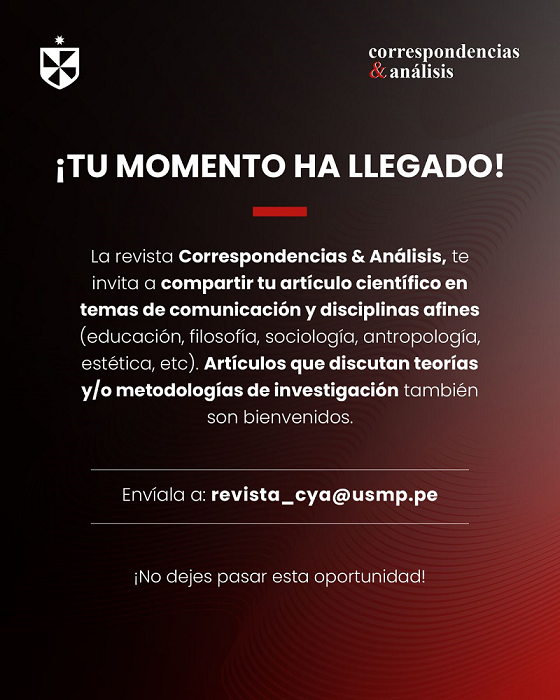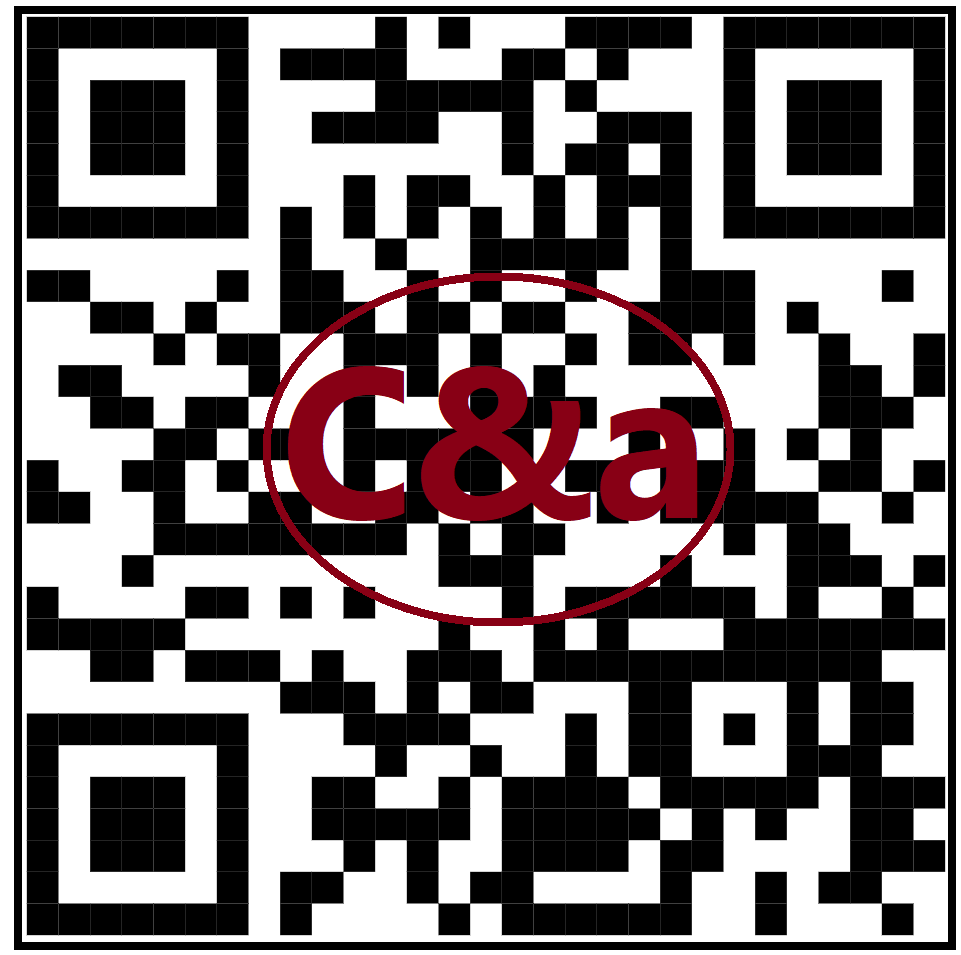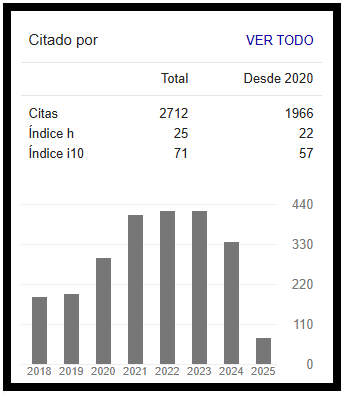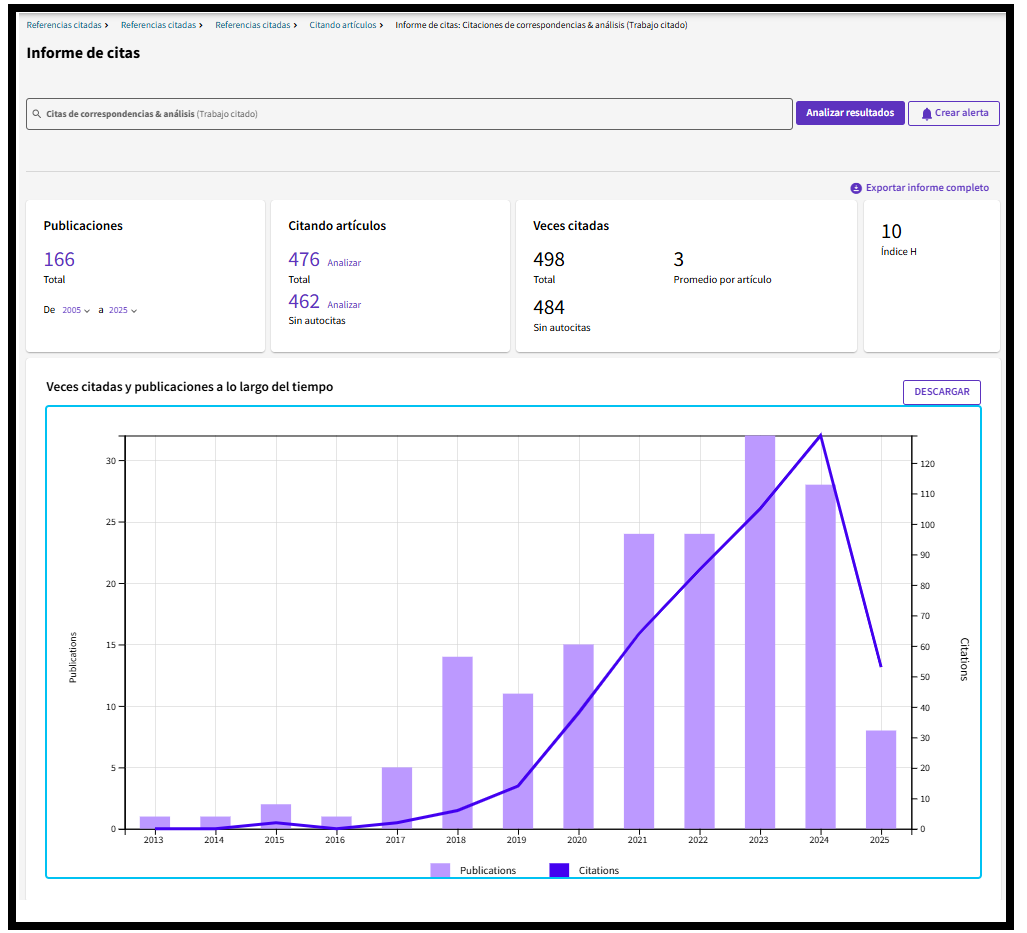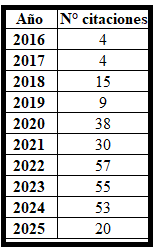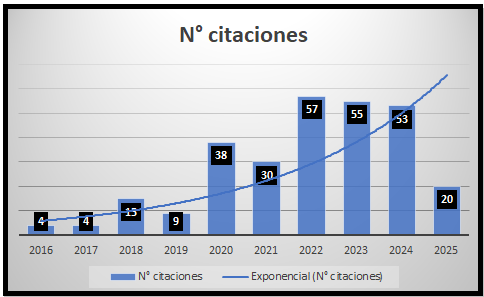Technologies and crisis of democracy: challenges in practicing and teaching of journalism in Brazil
DOI:
https://doi.org/10.24265/cian.2019.n10.02Keywords:
Journalism, Technology, Regulation, Teaching, Democracy, CrisisAbstract
The purpose of this article is to briefly analyze the economic-ideo- logical model of the communication market in Brazil, highlighting its influ- ence on the current national political scene. Then we address the tensions caused by the flows, and not a particular element, of the new communication and information technologies in the crisis of the enunciative authority of jour- nalism; At the same time, we will reinforce the importance of this office for the maintenance of democracy in crisis in the country in particular, and in the West in general, through the mapping of technological strategies adopted by companies and professionals. Finally, in the light of similar research, we will conclude with the design of the curricular guidelines of what we understand should guide the debates on the transition of journalistic education (increas- ingly transdisciplinary, resorting to new technological support and the neces- sary reinforcement of humanistic strengthening) in the Brazilian universities. Later, suggestions are presented for the inclusion of media companies (large, medium, small and foreign on national soil), NGOs and civil society in the debate about journalism that we want in the midst of the democracy crisis.
Metrics
Downloads
References
Ali, M., Sapiezynski, P., Bogen, M., Korolova, A., Mislove, A. & Rieke, A. (2019). Discrimination through optimization: how Facebook’s ad de- livery can lead to skewed outcomes. Recuperado de https://arxiv.org/abs/1904.02095
Angwin, J., Kirchner, L., Larson, J. & Mattu, S. (2016). How we analyzed the Compas recidivism algorithm. Recuperado de https://www.propubli-ca.org/article/how-we-analyzed-the-compas-recidivism-algorithm
Bell, O. & Owen, T. (2017). The Platform Press: How Silicon Valley reengi- neered journalism. Recuperado de https://www.cjr.org/tow_center_reports/platform-press-how-silicon-valley-reengineered-journalism.php
Berret, C. & Phillips, C. (2016). Teaching data e computational journalism. Nueva York: Columbia Journalism School, Knight Foundation.
Bordieu, P. (1983). O campo científico. En R. Ortiz (Ed.), Sociologia (pp. 122-55). São Paulo: Ática.
Briggs, A. & Burke, P. (2006). Uma história social da mídia: de Gutemberg à Internet. Rio de Janeiro: Jorge Zahar Editor.
Bucci, E. (2010). É possível fazer televisão pública no Brasil? Novos Estudos Cebrap, 88, 5-18.
Chomsky, N. (2017). Quem manda no mundo? São Paulo: Planeta.
Cohen, S. (2013). Numbers in the newsroom: using math and statistics in news. Recuperado de http://cvlassets.s3.amazonaws.com/Numbers_-in_the_Newsroom_Second_Edition.pdf
Comparato, F. (2010). Homens novos para um novo mundo. Recuperado de https://www.conversaafiada.com.br/brasil/2010/09/08/comparato-por-que-ir-ao-supremo-e-exigir-o-direito-de-se-comunicar
Dias, M. (2019). Pesquisa mostra que 83% estão insatisfeitos com a demo- cracia no Brasil. Recuperado de https://www1.folha.uol.com.br/mun-do/2019/04/pesquisa-mostra-que-83-estao-insatisfeitos-com-democracia-no-brasil.shtml
Diakopoulos, N. (2019) Automating the News: How algorithms are rewriting the Media. Massachusetts: Harvard University Press.
Edelman (2019). Edelman Trust Barometer 2019. Recuperado de https://www.edelman.com.br/estudos/trust-barometer-2019
Ericsson (2017). The Future of journalism in a networked society: Exploring potential new business models and smarter journalism for the digital era. Recuperado de https://www.ericsson.com/4a5427/assets/local/trends-and-insights/networked-society-insights/the-future-of-journal-ism-in-a-networked-society_screen.pdf
Escoladedados.org (2019). Raspagem e jornalismo de dados. Recuperado de https://escoladedados.org/tutoriais/raspagem-e-jornalismo-de-dados/
Fonseca, F. (2010). Mídia e poder: elementos conceituais e empíricos para o desenvolvimento da democracia brasileira. Brasília: IPEA. Recuperado de http://www.ipea.gov.br/portal/images/stories/PDFs/TDs/td_1509.pdf
Frey, C. & Osborn, M. (2013). The future of employment: how susceptible are jobs to computerization? Recuperado de https://www.oxfordmartin.ox.ac.uk/downloads/academic/The_Future-_of_Employment.pdf
Globo.com (2019). Europa aprova leis contra práticas desleais do Google. Recuperado de https://oglobo.globo.com/economia/europa-aprova-lei-contra-praticas-desleais-de-google-facebook-amazon-23606520
Graefe, A. (2016). Guide to automated journalism. Recuperado de https://pdfs.semanticscholar.org/c56d/609b3cb2ff85a3e657d2614a6de45a-d2d583.pdf
Greenwald, G. & Neves, R. (2019). Vazamento seletivo. Recuperado de https://theintercept.com/2019/08/29/lava-jato-vazamentos-imprensa/
Greenwald, G., Reed, B. & Demori, L. (2019). Como e por que o intercept está publicando chats privados sobre a Lava Jato e Sergio Moro. Re- cuperado de https://theintercept.com/2019/06/09/editorial-chats-tele-gram-lava-jato-moro/
Haddad, F. (2017). Vivi na pele o que aprendi nos livros: um encontro com o patrimonialismo brasileiro. Recuperado de https://piaui.folha.uol.com.br/materia/vivi-na-pele-o-que-aprendi-nos-livros/
Hyvönen, M. (2018). As a matter of fact: journalism and scholarship in the post-truth era. En M. Peters, S. Rider, M. Hyvöen & T. Besley (Eds.), Post-truth, fake news: Viral modernity & higher education. Recuperado de https://www.springer.com/gp/book/9789811080128
Latour, B. (2011). A ciência em ação: como seguir cientistas e engenheiros sociedade afora. São Paulo: Unesp.
Lemos, A. & Lévy, P. (2012). O futuro da Internet: em direção a uma ciber- cultura planetária. São Paulo: Paulus.
Lima, V. (2012). Liberdade de expressão X liberdade de imprensa: direito à comunicação e democracia. São Paulo: Publisher
Lopes, I. (2000). O campo da comunicação: reflexão sobre seu estatuto disci- plinar. Revista da USP. 48, 46-57. Recuperado de http://www.revistas.usp.br/revusp/article/view/32890/35460
Marconi, F., Siegman, A. & Machine Journalist (2019). The Future of augmented journalism: A guide for newsrooms in the age of smart machines. Recuperado de https://insights.ap.org/uploads/images/the-future-of-augmented-journalism_ap-report.pdf
Mattos, L. (2019). Contra fake news, sociedade tem que ser alfabetizada para a mídia, diz pesquisador. Recuperado de https://www1.folha.uol.com.br/educacao/2019/08/contra-fake-news-sociedade-tem-que-ser-alfa-betizada-para-a-midia-diz-pesquisador.shtml
Mauersberger, C. (2016). Advocacy Coalitions: Democratizing Media Re- forms in Latin America – Whose Voices Gets on Air? Berlín: Springer, Free University of Berlin.
Neto, J. & Salgado, E. (2019). Automação ameaça metade dos empregos no país. Saiba as profissões que podem ser afetadas pela tecnologia. Recuperado de https://oglobo.globo.com/economia/automacao-ameaca-metade-dos-empregos-no-pais-saiba-as-profissoes-que-podem-ser-afetadas-pela-tecnologia-23886095
Newman, N. (2019). Journalism, media and technology. Trends and pre- dictions. Recuperado de https://reutersinstitute.politics.ox.ac.uk/our-research/journalism-media-and-technology-trends-and-predic-tions-2019
Passos, U. (2019). Seguimos como sonâmbulos estamos indo rumo ao desas- tre, diz Edgar Morin. Recuperado de https://www1.folha.uol.com.br/mundo/2019/06/seguimos-como-sonambulos-e-estamos-indo-rumo-ao-desastre-diz-edgar-morin.shtml
Paul, C. & Mathews, M. (2016). The Russian “firehose o falsehood” propa- ganda model: why it might work and options to counter it. Recuperado de https://www.rand.org/pubs/perspectives/PE198.html
Proner, C. & Strozake, N. (2017). Frente Brasil de juristas pela democracia em defesa do devido processo legal. En Proner, C., Cittadino, G., Ri- cobom, G. & Dornelles, J. (Orgs.), Comentários a uma sentença aun- ciada: O processo Lula (pp. 14-16). Recuperado de http://biblioteca.clacso.edu.ar/clacso/se/20180110032136/Comentarios_a_uma_Sen-tenca_Anunciada.pdf
Rydlewski, C. (2019). Inteligência artificial garante potencial destrutivo às “deepfakes”, nova categoria de “fake news”. Recuperado de https://www.valor.com.br/cultura/6272493/inteligencia-artificial-garante--potencial-destrutivo-deepfakes-nova-categoria-das-fake-news
Schmidt, T. (2017). Jornalismo inteligente: inteligência artificial nas reda- ções. Recuperado de https://pt.ejo.ch/jornalismo/jornalismo-inteli-gente-inteligencia-artificial-nas-redacoes
Silverman, G. (2013). Manual de verificação: um guia definitivo para verifi- cação de conteúdo digital na cobertura de emergências. Recuperado de http://verificationhandbook.com/downloads/manual.de.verifica-cao.pdf
Sodré, M. (2014). A ciência do comum: notas para o método comunicacional. Petrópolis: Vozes.
Souza, J. (2017). A elite do atraso: da escravidão à Lava a Jato. São Paulo:Leya.
UOL (2018). Facebook registra lucro líquido de US$ 15,9 bilhões em 2017, alta de 56%. Recuperado de https://economia.uol.com.br/noticias/efe/2018/01/31/facebook-registra-lucro-liquido-de-us-159-bilhoes--em-2017-alta-de-56.htm
Werneck Sodré, N. (1994). História da Imprensa no Brasil. São Paulo: Mauad.
Published
Issue
Section
License
In case the manuscript is approved, the authors retain the copyright and assign to the journal the right to publish, edit, reproduce, distribute, display and communicate in the country of origin and abroad by means of print and electronic media in different databases.
In order for this procedure to be recorded, the author must fill out the following formats:
Format 1 - Author data Format.
Format 2 - Affidavit on originality and authorization for the publication of articles Format.
Format 3 - Open Science Compliance.







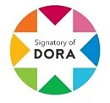
2.png)


